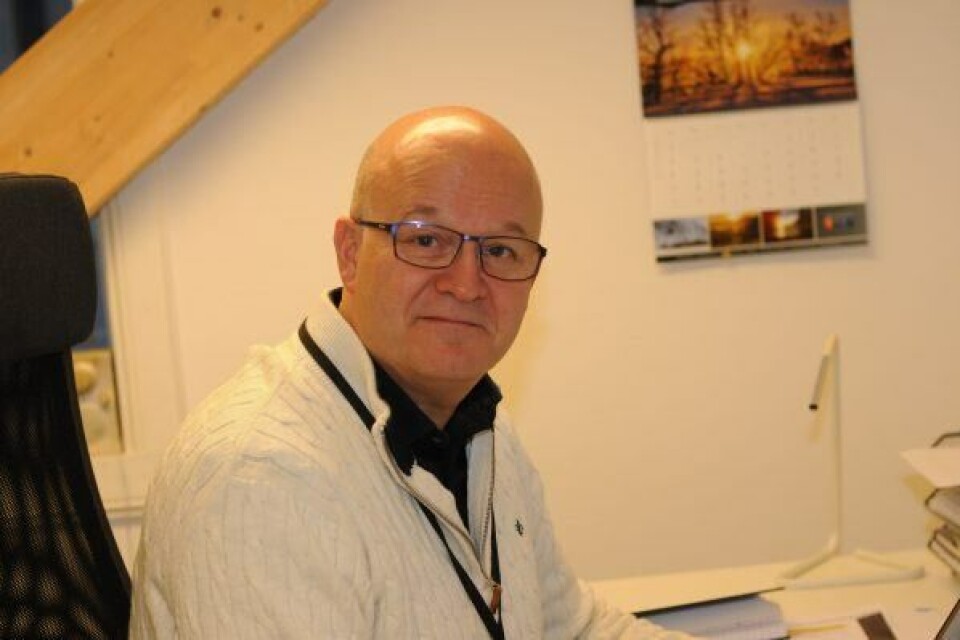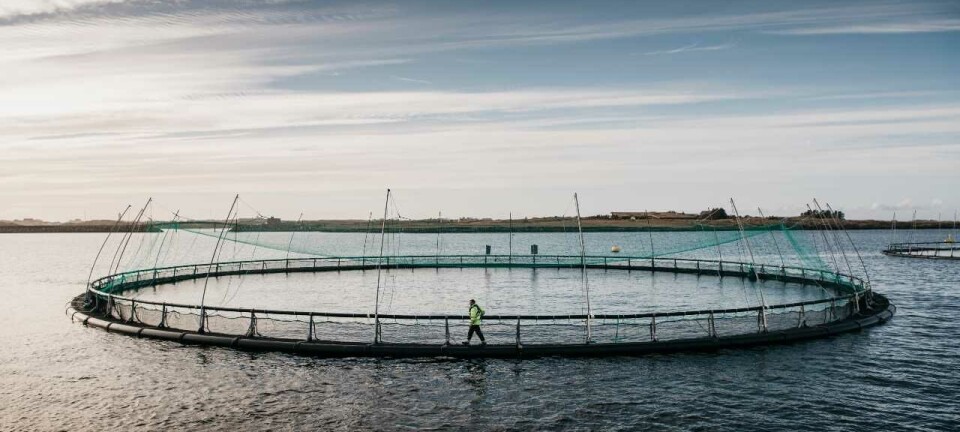Lime plan to tackle lice
Scientists in Norway are closing in on developing a lime-based treatment to combat lice.
“It takes time to develop a drug, and we strongly believe that we will succeed,” says Pål Haldorsen, chief executive of Bergen-based company Seacalx, which provides calcium-based solutions to the aquaculture industry.
The idea of using lime against lice was conceived by researchers at Norway’s Institute of Marine Research in 2008 after they tried to eliminate sea urchins at Porsangerfjord using burnt lime.
“It was observed that the fish were swimming in and out of the lime cloud without being damaged,” Haldorsen says. “They then wondered if this could be effective against lice as well.
“Small-scale trials have shown that we can get good results in the lab. However, the results varied from low to very good effect and achieving a stable good effect is the challenge our researchers are working hard to resolve.”

Product development is key, Haldorsen tells kyst.no. “It has proved difficult to produce the quality product we need,” he says. “Not all burnt lime has the same consistency. But now we think the manufacturer is trying to solve this. Standard calcium oxide is in no way a remedy against lice - the secret lies in the process and methods of making the drug.”
Haldorsen says there would be many advantages to using a lime-based treatment. “It could be described as ‘nature’s cleaner’,” he says. “It’s environmentally friendly, it has no Maximum Residue Limit, and it reduces the need for fish handling.”
One disadvantage may be that it is not a drug which can be administered in just a few milligrams. “I assume that consumption will be on a ton-per-unit basis,” he says, “though we do not know the exact figures yet.”
Haldorsen says there is soaring demand for a substance that could replace many of today's traditional delousing agents, as their effectiveness decreases. “We get very many inquiries from people wondering where we are on the track,” he says. “I think 2017 is a crucial year in which we are stepping up R & D efforts significantly. If everything goes according to plan, we will be running clinical trials in late summer this year. And if we get consistent results, I hope that we can be ready with a product in the first quarter of 2018.”























































